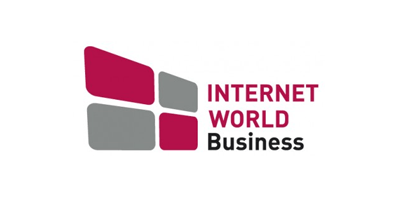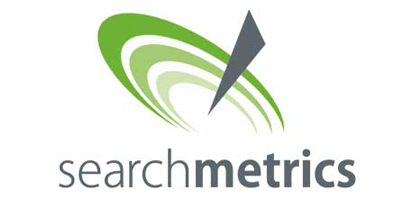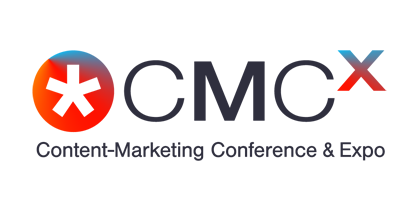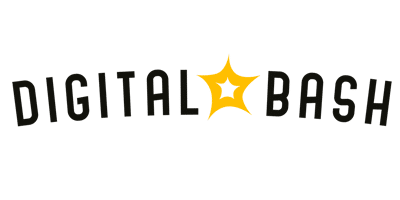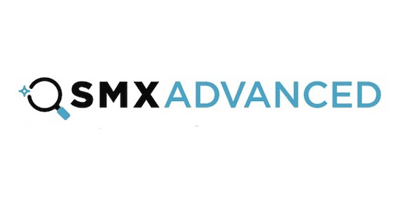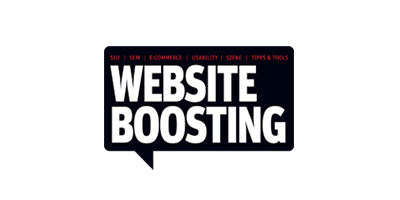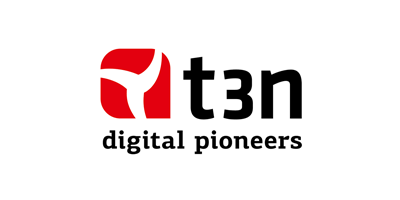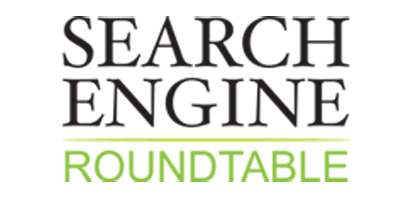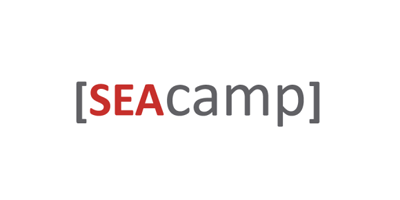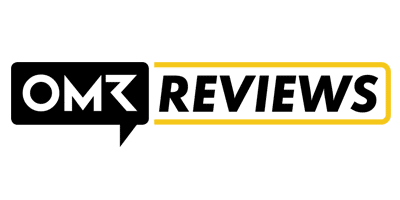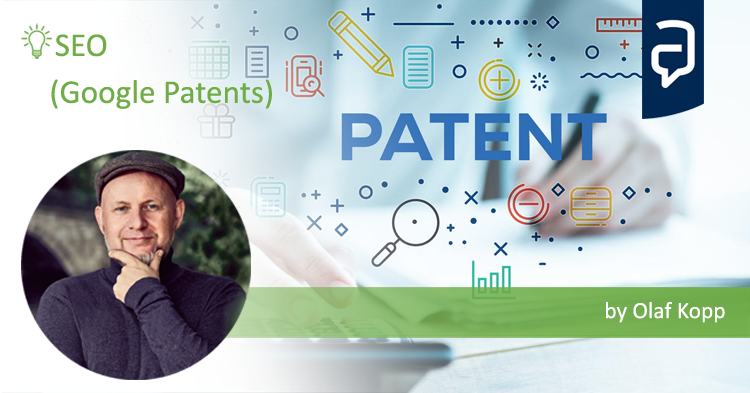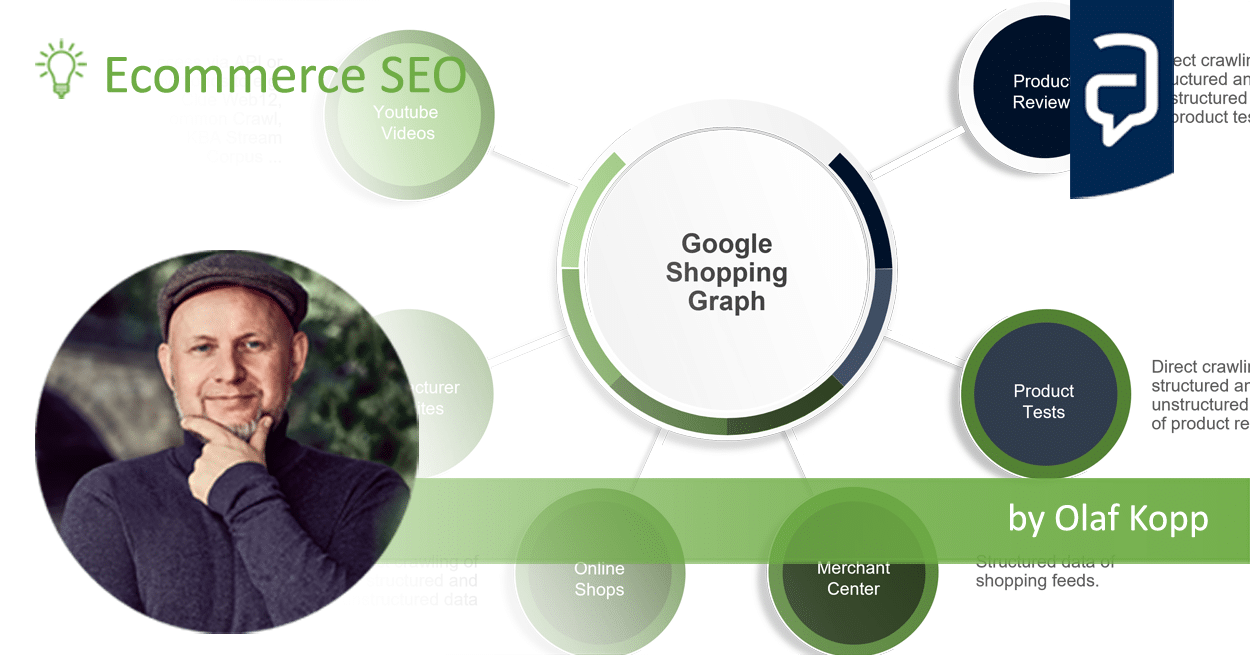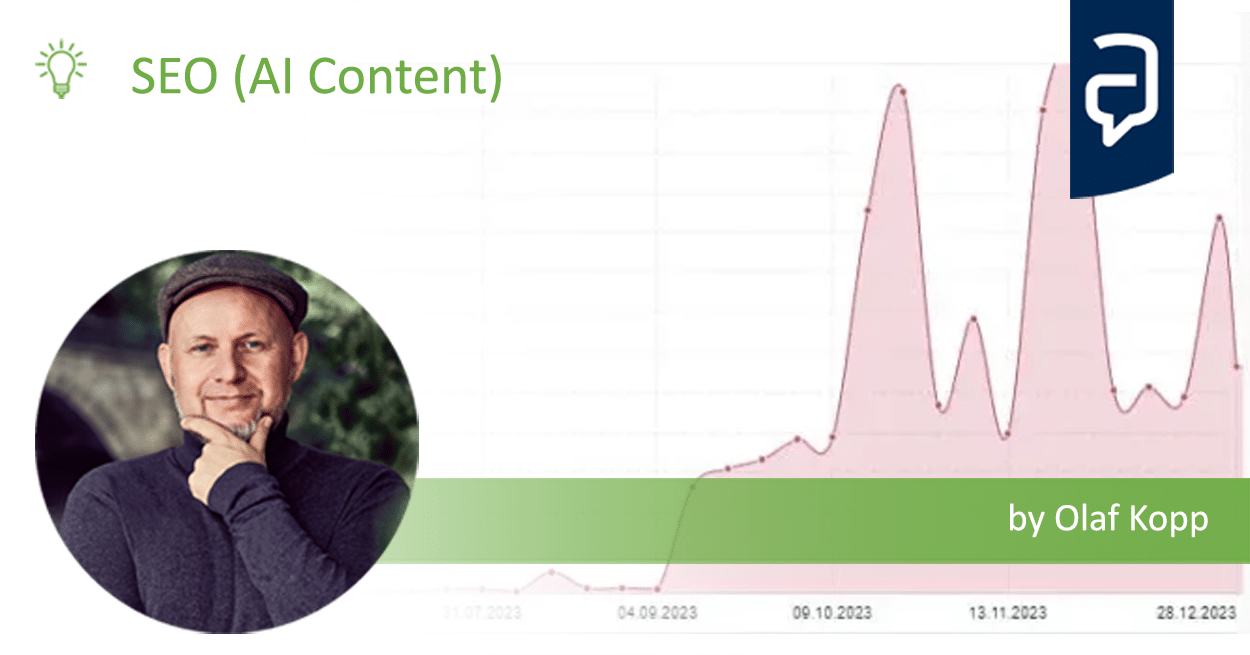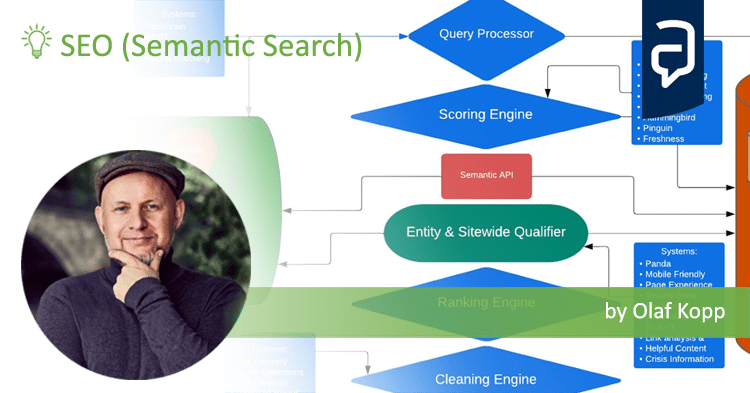Evolution of Marketing: From Advertising to Content – From Push to Pull
Marketing has evolved rapidly over the past 20 years, especially due to the Internet. And it has to, because classic advertising without an emotional connection to the product and/or brand is often ignored and acceptance is close to zero. The reach paradigm that has been followed in marketing so far has led to an inflation of advertising acceptance. The counter-trend is advertising that is not directly recognized as advertising (below-the-line) in the form of e.g. guerrilla marketing, SEO, event marketing, product placement, public relations (PR), viral and high-quality content. To understand where marketing of the future is heading, it helps to review the past 60 years of marketing.
Contents
The history of marketing
In the post-war period of the 1950s, there was a great demand for goods. Here, the focus of marketing was on production to meet the large demand. The 60s were determined by sales-oriented marketing. Advertising via radio, TV and print as we have come to know it in the last 50 years started its triumphant march in the 60s. With increasing competition, advertising became more and more the focus of marketing. With privatized television and the increasing number of print publications, the frequency and quantity of advertising increased extremely. Therefore, it was no wonder that advertising agencies sprouted like mushrooms in the 80s and 90s. The increasing influence of the stock exchanges or stocks on corporate decisions and the resulting shorter product life cycles also fueled the advertising industry. This led to an increasing ignorance of advertising as early as the 1990s. To compensate for this, new marketing options such as PR, event marketing and product placement were established to support classic below-the-line advertising.
And then came the Internet.
Advertising agencies included the new medium as an additional channel in their “reach portfolio,” but didn’t realize until a few years ago that marketing on the Internet offered entirely new possibilities in terms of measurability and interaction.
The beginnings of online marketing, which I like to call “online marketing 1.0”, were replaced by “online marketing 2.0” or performance marketing about 15 years ago. The reach currency thousand-contact-price (CPM) was supplemented/replaced by Pay-Per-Click (PPC) models. Google has been the pioneer in PPC advertising with its advertising system and has dominated the market for years. Search engine marketing in general (SEO and SEA) has become one of the dominant online marketing disciplines over the last 15 years.
Due to the evolution in the last 15 years, (online) marketing is also becoming more and more technical and analytical. The classic advertising agencies, which focused on creativity and conception, were no longer able to meet the new challenges. The time of the online marketing agencies had come.
Creativity was pushed into the background in online marketing in favor of web analysis and new tracking methods. The fact that the Internet can do more than a one-sided monologue was only discovered with the advent of Web 2.0 and faster Internet connections. New marketing disciplines such as viral or word-of-mouth marketing, which were initially ignored by the masses, saw the light of day. Here again, creativity is definitely in demand.
When I attended a conference on viral and word-of-mouth marketing in Hamburg (Podlounge 2006) as part of my diploma thesis in 2006, there were just 50-60 interested guests. At that time, today’s large social networks such as Facebook and Youtube were still in development or did not yet play a major role internationally. Due to the social penetration of social networks like Facebook or Youtube, the topic came more and more to the fore. Social media marketing was born.
The evulution of marketing can be divided into the following stages:
- Product orientation in the 1950s (pure production; due to enormous demand in the post-war period).
- Sales orientation in the 1960s (from production to sales)
- Market orientation in the 1970s (market segmentation; specialization on individual needs)
- Competitive orientation in the 1980s (emphasis on unique selling propositions)
- Environment orientation in the 1990s (reaction to ecological, political, technological or social changes)
- Dialog orientation from 2000 (interactive orientation of communication through Internet, e-mails)
- Network orientation from 2010 (Web 2.0, social networks, word-of-mouth)
Source: Wikipedia, http://de.wikipedia.org/wiki/Marketing
Over the decades, the classic marketing channels have been supplemented by new ones. But the focus on communicating advertising slogans, USPs and information about brands and products remained almost the same until after the turn of the millennium. The following infographic is intended to illustrate the evolution of marketing from push to pull or above-the-line to below-the-line from the 1950s to today. The assignment of the individual eras in the timeline does not claim to be absolutely complete.

From advertising to content
Until now, the focus of marketing campaigns has always been on advertising as a push channel. But decades of focus on reach and push advertising have led to advertising blindness. While in the 60s-90s commercials and ads could still lead to attention and emotional charge for a new brand or product, this is becoming increasingly rare. Advertising for emotionally charged products or brands such as Apple still work today. However, the emotional charge of the brand is not primarily achieved through advertising, but through the products themselves. It is no longer necessary to advertise with USPs and other reasons why one should buy an Apple product, for example.
There are products that already contain emotionality and virality due to their nature. As a rule, however, new products and brands in particular are initially emotionally neutral or uncharged. Nowadays, uncharged products and brands will not be emotionally charged by advertising alone. The last few years have shown that there has to be a shift in focus here. The shift in thinking from off- to online seems to be developing well, as the shift in marketing budgets shows.
In the future, it will be even more important to rethink the content and shift the focus. Above-the-line marketing and advertising will no longer be the focus of marketing. Whereas in the past attempts were made to generate branding or emotionality through advertising, in the future the groundwork must be done through below-the-line or inbound marketing measures, otherwise advertising will fizzle out.
For example, it is possible via guerrilla, content or, as in the case of Red Bull, event marketing. In the Red Bull example, one can argue about whether the actions are event marketing, sponsoring or content marketing. For me, the event around Felix Baumgartner’s jump from space is also content marketing, since it served to generate media content. But no matter what you call it. It has led to an enormous attention and emotional charge fitting to the slogan Red Bull gives wings. So I’m not surprised why Red Bull has put classic advertising on ice in favor of such campaigns.
Once you have succeeded in emotionally charging the product or brand, it makes perfect sense to push classic advertising such as TV commercials, print advertising or display advertising via remarketing campaigns, for example. The advertising will be noticed due to the existing emotional reference. However, it is no longer in the first place or the focus.
Challenges for marketing: Complexity, creativity, technology, analysis
Developments over the past 50 years clearly show the increased level of complexity in marketing. While the production of creative campaigns was the focus in the great days of push advertising, online marketing has made technology and analysis increasingly important.
In addition, a multitude of new marketing channels and partly very complex new marketing disciplines have been added over the years, such as SEO, SEA, web analysis or even neighboring areas like conversion optimization, which require a high degree of specialization. The art will be to identify the relevant methods for the respective project and to bundle competencies in the areas of creation, analysis and technology for professional implementation.
Alongside search engines, social networks are the most important gatekeepers for information. Social media requires creativity to achieve the short attention span of users.
Furthermore, a major task will be to relate the individual marketing measures to each other and to grasp the contribution of each individual measure to the whole. Getting to grips with these data volumes and interpreting them will give new weight to the job description of the marketing analyst (keyword: Big Data). Until now, every marketing discipline has been cooking its own soup. In summary, the marketing of the future can be described with the following attributes:
- Holistic / Multi-channel
- Creative / Emotionalizing
- Analytical
- Technical
- Professional / High degree of specialization
- Interesting Google patents for search and SEO in 2024 - 3. April 2024
- What is the Google Shopping Graph and how does it work? - 27. February 2024
- “Google doesn’t like AI content!” Myth or truth? - 19. February 2024
- Most interesting Google Patents for semantic search - 12. February 2024
- How does Google search (ranking) may be working today - 4. February 2024
- Success factors for user centricity in companies - 28. January 2024
- Social media has become one of the most important gatekeepers for content - 28. January 2024
- E-E-A-T: Google ressources, patents and scientific papers - 24. January 2024
- Patents and research papers for deep learning & ranking by Marc Najork - 21. January 2024
- E-E-A-T: More than an introduction to Experience ,Expertise, Authority, Trust - 4. January 2024
